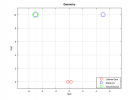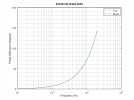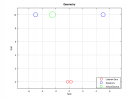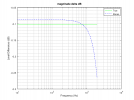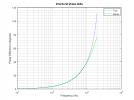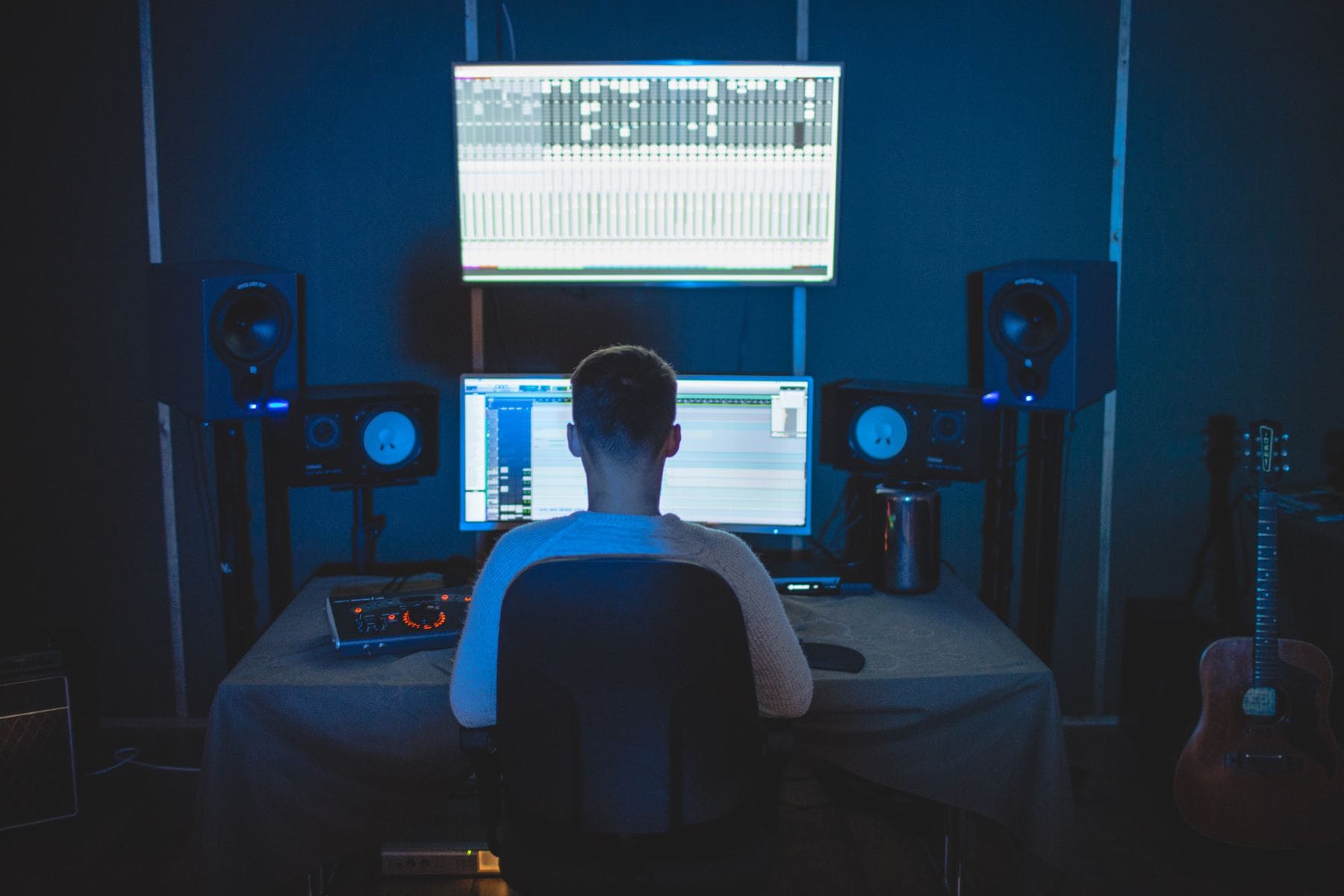I often see people deride the use of the simple panning potentiometer for creation of stereo images. Since we use phase differences between our ears to localize sources, people expect that phase differences between the stereo channels need to be introduced to create a more natural and authentic stereo image. The panpot is seen as a half measure. Similarly, even when using directional microphones to capture a live event, they are often separated rather than being coincident. This introduces a phase discrepancy between the channels for sounds recorded off the center line.
But is this true? In order to investigate, I simulated a regular stereo triangle, with 2 speakers, 2 ears, and a virtual source location. Below 1000 Hz, we rely more on interaural time differences, and above 1500 Hz we rely more on interaural level differences. Therefore, I am limiting the simulation to frequencies below 2000 Hz, where phase differences matter.
I simulated 3 different geometries. The first and second have predictable results, but I'll include them here for completeness.
In the first geometry, the virtual source is centered between the speakers. The obvious result is that there is no level difference or phase difference between the ears of the listener. This is true both for a real source at that location, and the virtual source created by the stereo speakers.
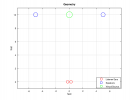
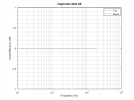

But is this true? In order to investigate, I simulated a regular stereo triangle, with 2 speakers, 2 ears, and a virtual source location. Below 1000 Hz, we rely more on interaural time differences, and above 1500 Hz we rely more on interaural level differences. Therefore, I am limiting the simulation to frequencies below 2000 Hz, where phase differences matter.
I simulated 3 different geometries. The first and second have predictable results, but I'll include them here for completeness.
In the first geometry, the virtual source is centered between the speakers. The obvious result is that there is no level difference or phase difference between the ears of the listener. This is true both for a real source at that location, and the virtual source created by the stereo speakers.



Last edited:

